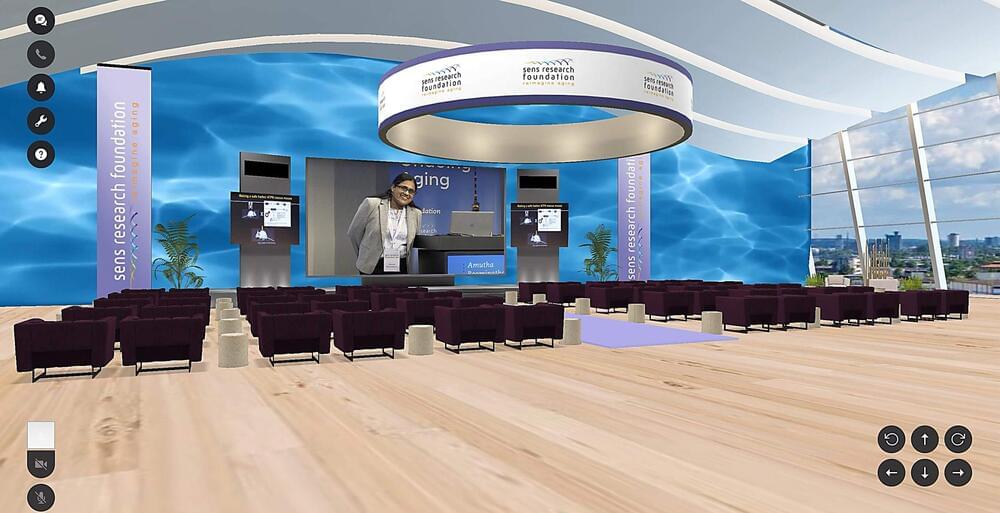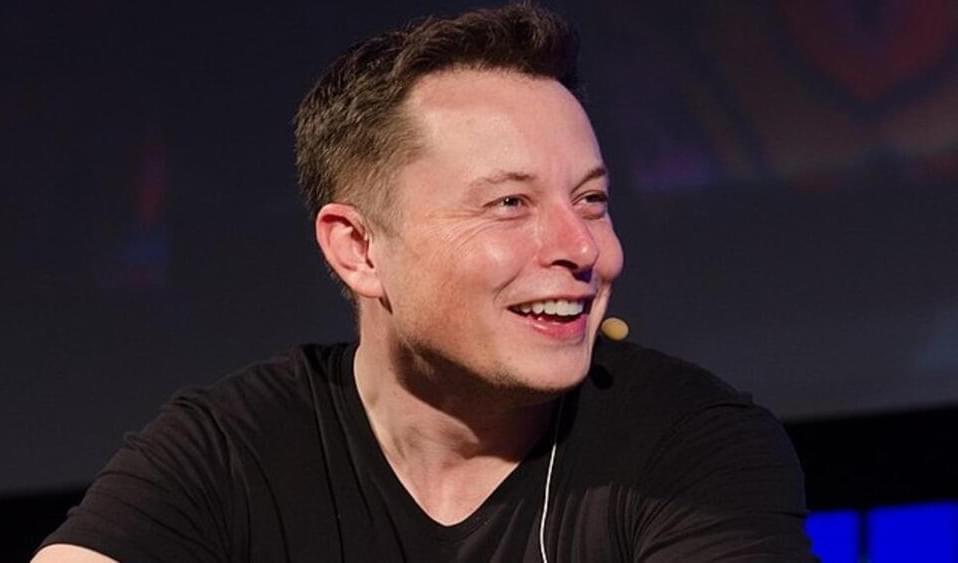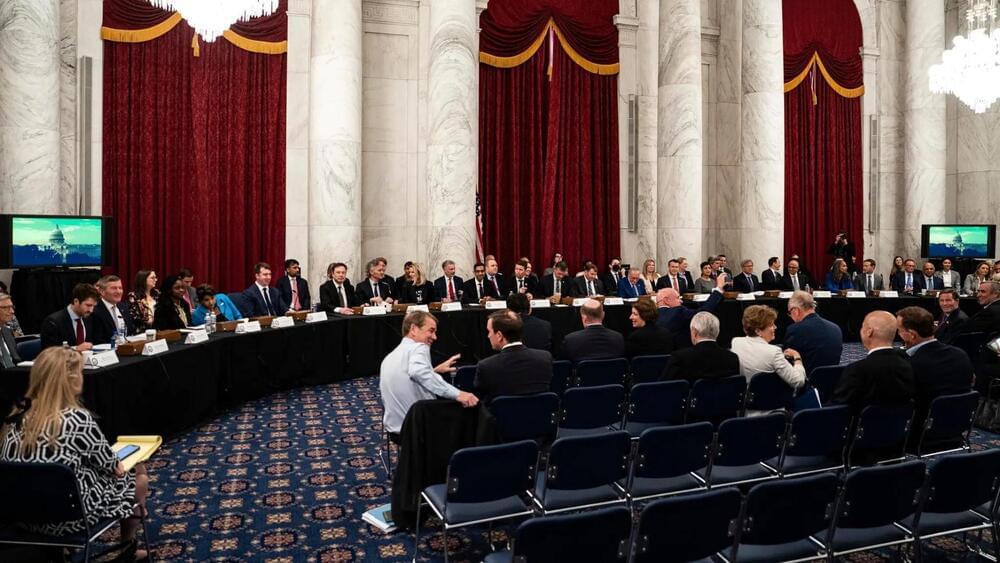Please attend our Virtual Realilty Ending Aging Forum!
This event will showcase the newest breakthroughs in rejuvenation biotechnologies happening at the SENS Research Foundation’s Research Center in Mountain View, CA, as well as the research funded at extramural labs.
The Forum will be hosted virtually through Meetaverse, a state-of-the-art Virtual Reality platform.
This virtual event is your opportunity to hear first-hand about the latest advances that our in-house researchers are making toward new rejuvenation biotechnologies, along with some of our young scientists-in-training and outside researchers whose research we fund.








